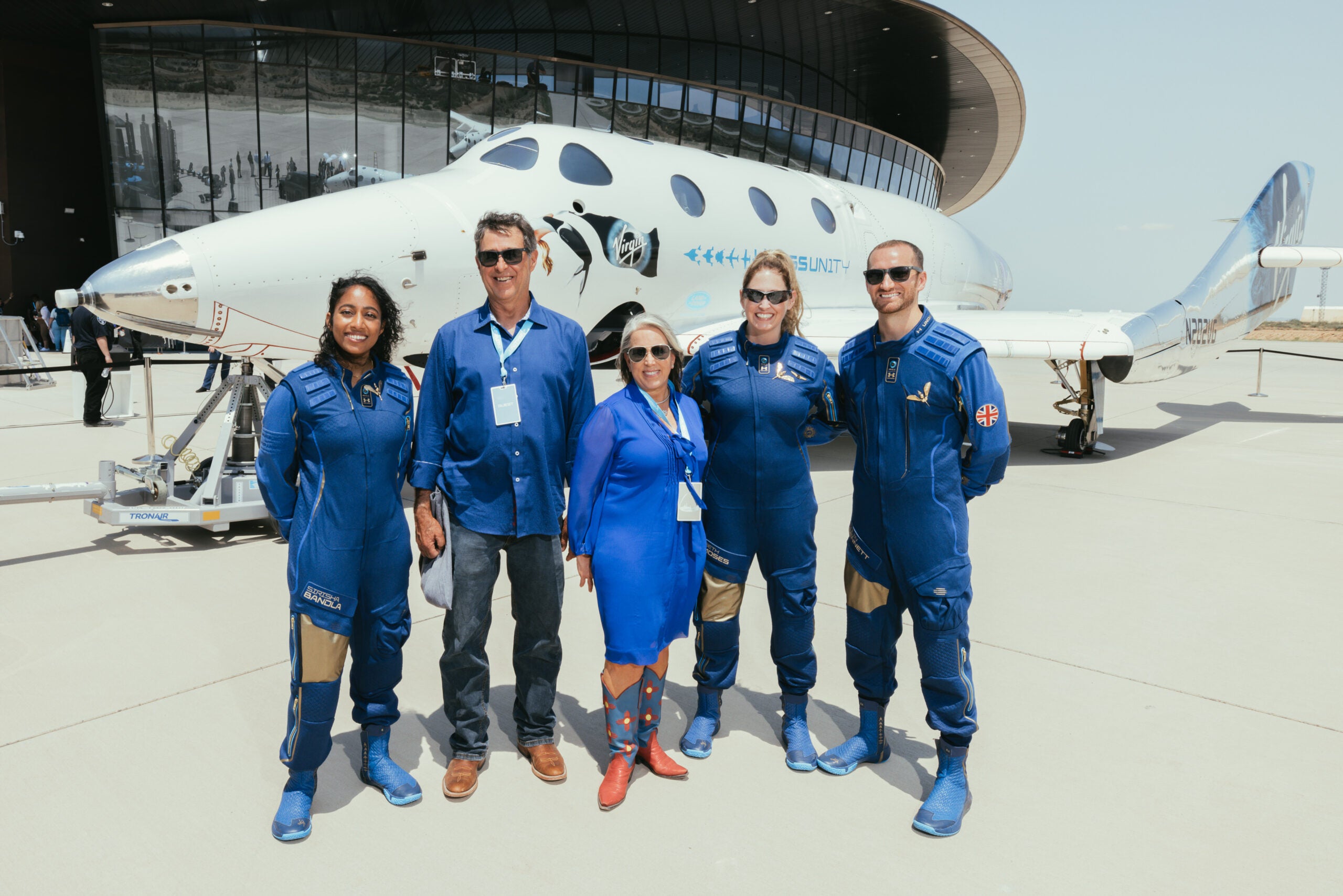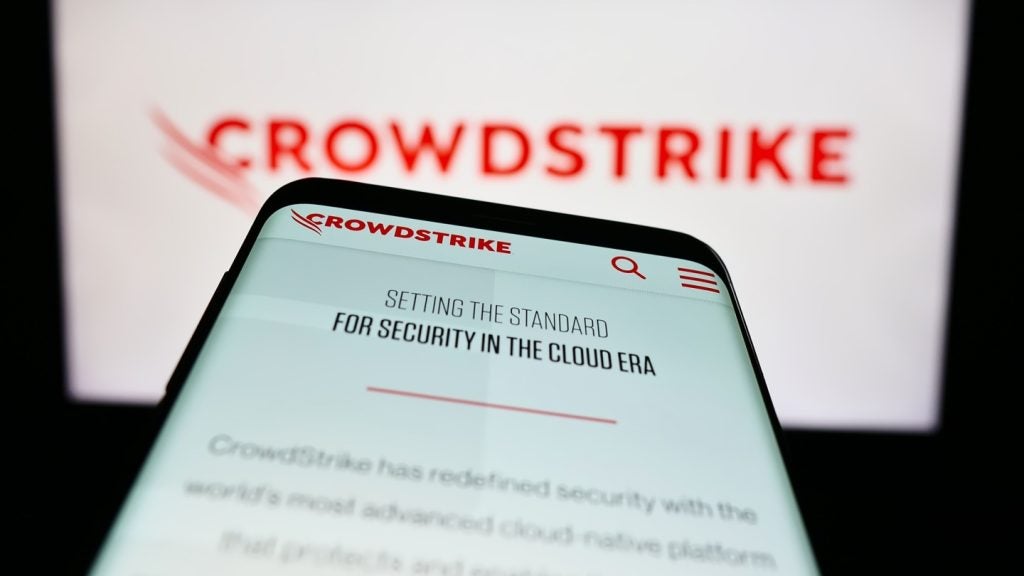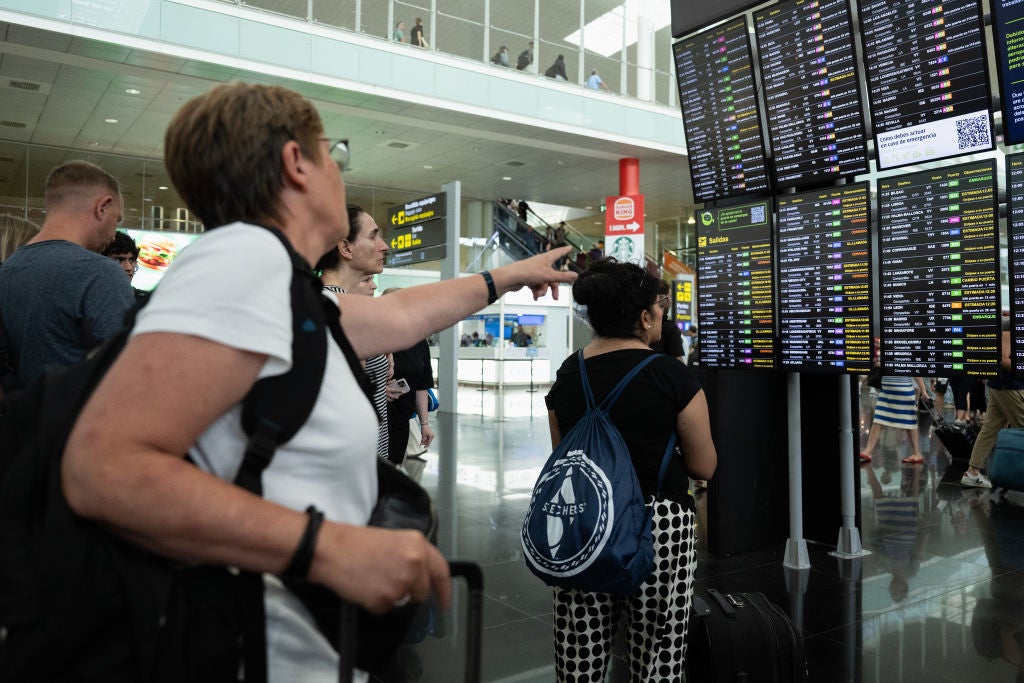
Richard Branson’s eternally-delayed space tourism venture, Virgin Galactic, has announced smaller losses than expected. There has been a small rally in the stock, but the truth is that the company has no future.
Virgin Galactic issued its quarterly results on Tuesday. It posted a loss of 31 cents/share in Q4 2021, which beat Wall Street expectations. That was helped by “labour efficiencies and the postponement of non-critical work”, according to Galactic. Total revenue came in at $141,000, below expectations of $331,000 – but in fact revenue is meaningless with Virgin Galactic, as the company has yet to commence commercial operations.
In the case of Virgin Galactic, wise investors need to stand back from the financials and think about what the company actually does or doesn’t do.
Mostly what it does is announce plans and then fail to achieve them.
The Virgin Galactic story goes back more than three decades. Branson originally registered the name “Virgin Galactic Airways” in 1988. The following year the first “Virgin Galactic” craft took flight: a balloon designed to look like a flying saucer, in which Branson flew above London in “one of my favourite pranks”, bringing motorway traffic to a halt and achieving extensive publicity.
Later, but still almost 20 years ago in 2004, when the privately built rocket plane SpaceShipOne was dazzling the world and winning the Ansari X-Prize, Branson jumped aboard with plans for enlarged, twice-as-big SpaceShipTwos or “Virgin Space Ships” which would be carrying passengers on sub-orbital joyrides by 2007 – a deadline he has now missed by 15 years and counting. This was the genesis of the modern Virgin Galactic.
How well do you really know your competitors?
Access the most comprehensive Company Profiles on the market, powered by GlobalData. Save hours of research. Gain competitive edge.

Thank you!
Your download email will arrive shortly
Not ready to buy yet? Download a free sample
We are confident about the unique quality of our Company Profiles. However, we want you to make the most beneficial decision for your business, so we offer a free sample that you can download by submitting the below form
By GlobalDataThe construction of the rocketplanes did not go smoothly. In 2007, during ground equipment tests, an explosion at the Mojave plant killed three workers. The first craft, VSS Enterprise, was not rolled out until 2009: at that point Branson was predicting passenger flights in 2011. The years went by and the deadline kept rolling back. Ten years after the project had commenced, in 2014, it was clear that the originally selected rocket engine could never get the “Virgin Space Ships” anywhere near space, and a new engine was chosen.
The next flight, in October 2014, was a disaster. Co-pilot Michael Alsbury made a fatal error, unlocking the craft’s pivoting tail booms too soon, causing it to break up in mid-air. Alsbury was killed and the other pilot, Peter Siebold, parachuted down with very serious injuries (an option that future “astronaut” passengers will not have).
Tests eventually resumed in 2018 and there have now been three so-called “space flights” by Virgin, including one last year with Branson himself aboard. But there are problems with this: not least the fact that none of these flights actually reached space by the normal definition.
A not-even-close-to-space odyssey
The internationally recognised definition of being in space, as opposed to flight within the Earth’s atmosphere, is to be more than 100km above the surface – the so-called “Karman line”, which the original SpaceShipOne rocketship did, indeed, get above back in 2004. The Karman line is the point at which the atmosphere is so thin that it cannot be used for lift or control, so any craft flying above it is clearly a space ship, not an aircraft.
Virgin Galactic’s “space ships” have never achieved this and probably never will. There is confusion about this on Wikipedia and elsewhere across the internet, but this results from dunderheads misunderstanding about the difference between normal miles and nautical miles. Virgin Galactic itself does not claim any flights above 100km and the company’s “space ships” have definitely never flown above the internationally recognised Karman line.
Virgin’s claims to be conducting “space flights” are based on an obscure historical anomaly. Back in the 1960s, in the early days of the US space programme, there was an experimental US military rocket plane called the X-15. The X-15 did fly above 100km twice in 1963, but on both flights it was piloted by a civilian, Joseph Walker. Subsequently, manned space flight was transferred away from the military to NASA.
The US Air Force was not pleased at the idea that it would never have any astronauts of its own, and so it decided to invent a new definition of “space flight” which would include some of the military pilots who had flown the X-15. The USAF decided that flight above 80km was “space flight”, which funnily enough meant that all five Air Force pilots who flew the X-15 qualified as astronauts and received astronaut wings. The US government has stuck by this definition of space flight, but it is an arbitrary one resulting from bureaucratic arrogance rather than science or aerospace realities.
That’s pretty much Virgin Galactic’s entire business model. You can see a black sky from a balloon and you can experience free fall in a normal aeroplane (that’s how space agencies train real astronauts to cope with zero-G, in fact). The only unique selling point that Virgin has to offer is that its customers will be “astronauts” who have been on a “space flight”. But as we can see, this is not a well founded assertion to make, no matter what the stock pickers of Reddit may think.
As ever, the market is realising the truth. Anybody who was foolish enough to buy Virgin Galactic stock when it went public (via a SPAC deal, of course) in 2019 has probably suffered a nasty loss if they held their position, as knowledgeable journalists predicted at the time. SPCE debuted on the NYSE at $11.75; even following the minor rally after the not-quite-as-bad-as-expected quarterlies this week, it remains below $9 as this is written. Branson himself has largely exited the doomed company, with Virgin Investments Ltd retaining just an 11.9% stake following various large selloffs of the stock in the last couple of years.
The fact is that Richard Branson is not Elon Musk: Musk’s SpaceX, no matter what one may think of some of his sayings and decisions in recent times, is a genuinely astonishing company which really does offer access to space and real space ships.
Branson’s attempt to monetise a tiny market for pretend “space” joyrides is simply not in the same, um, space.






